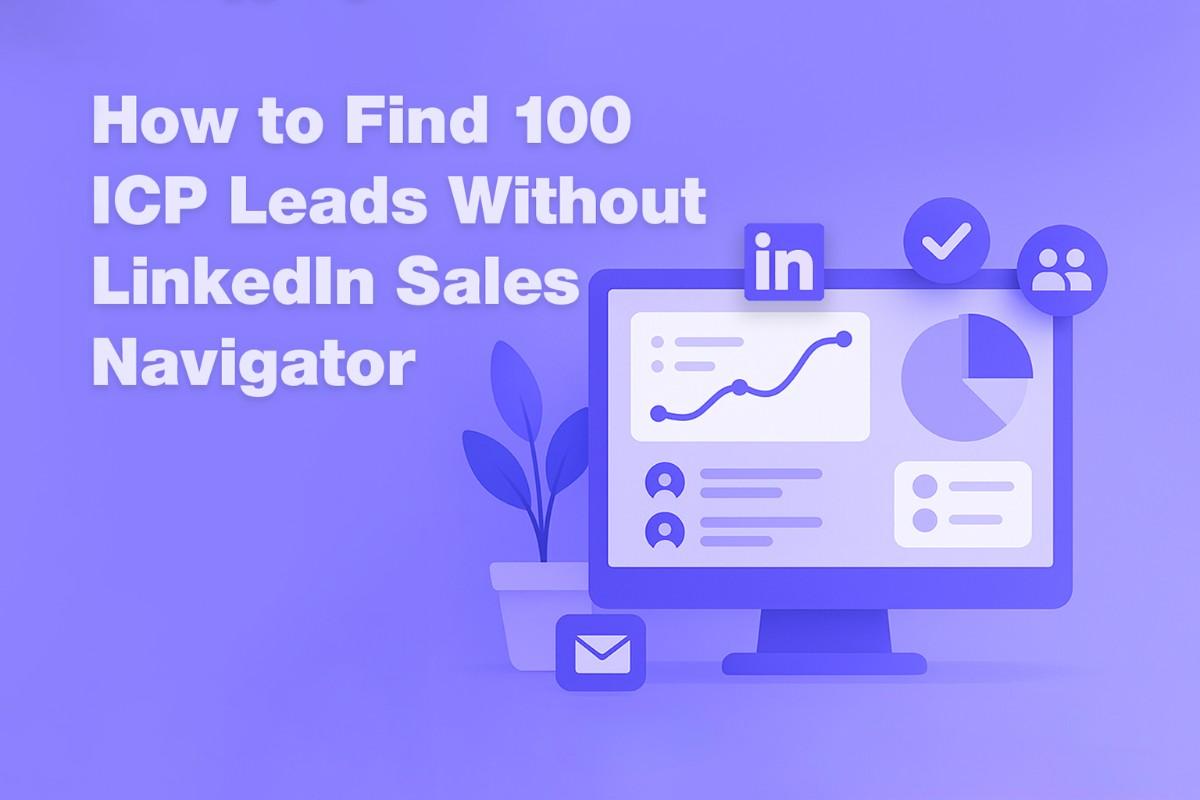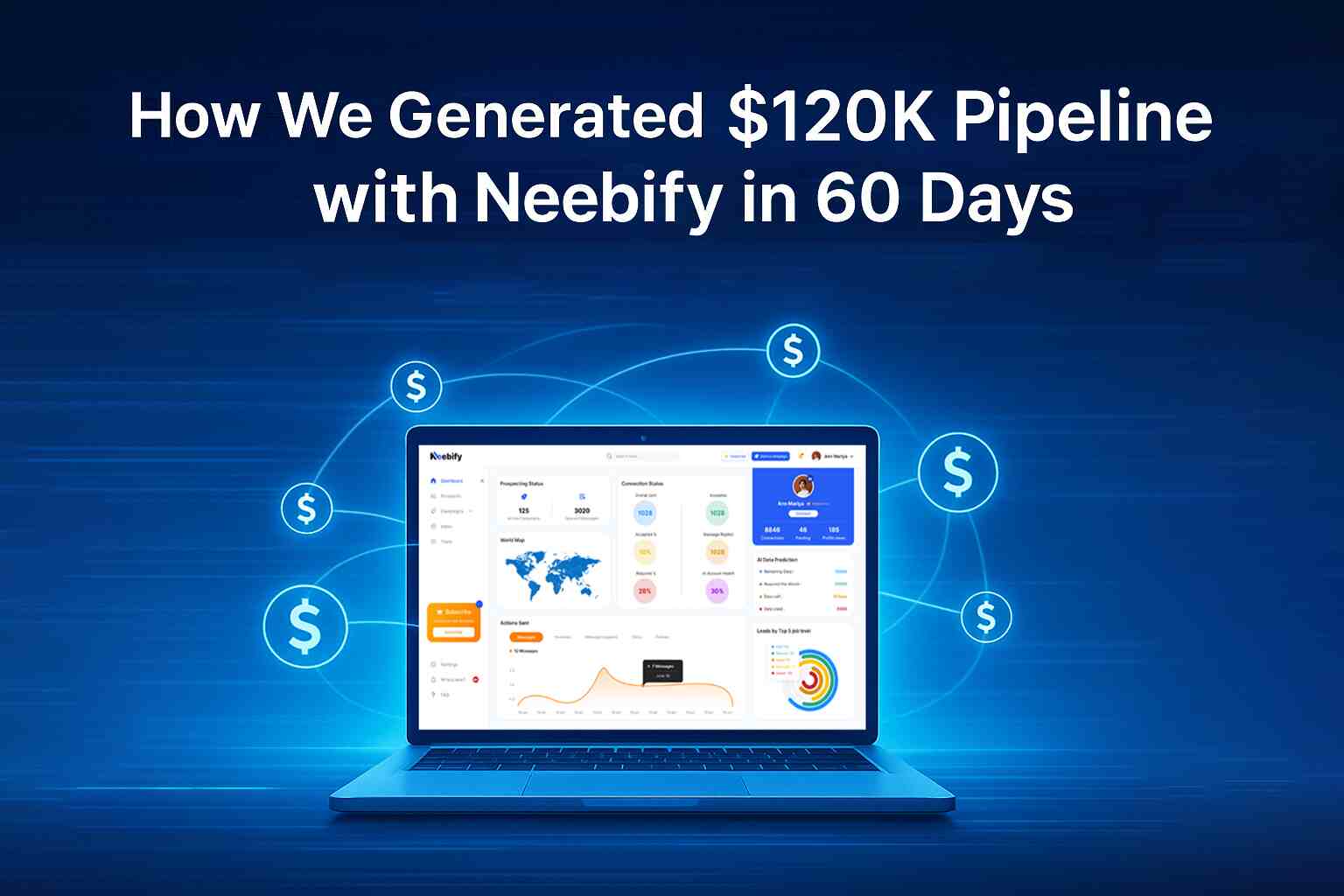Table of content
As the competitive business world continues to evolve, it is becoming increasingly impossible to make the best strategic decisions for your business and help it reach new heights through sustainable growth unless there is profound management of its Customer Acquisition Cost (CAC). What is CAC, then? What makes CAC important? And how does one calculate and manage it most suitably? Here's a comprehensive guide that answers all those questions, along with going into the very important relationship of CAC and Lifetime Value (LTV).
What Is Customer Acquisition Cost (CAC)?
Customer Acquisition Cost is the total expenditures incurred to acquire a new customer. It encompasses all costs related to marketing, sales, as well as any other activity that directly leads to the acquisition of a new customer. Whether it be in terms of advertisement costs, sales people salaries, or any tool you apply in terms of acquiring a new customer, these are all summed up to enable the calculation of the CAC.
For example, if you spent $10,000 in a specific period on marketing and sales activities and acquired 100 new customers, then your CAC would be $100 .
Key Components of CAC
Some key components rae written here:
1. Ad Expenses: These include the direct costs of paid campaigns such as paid social media ads, Google AdWords, and banner ads.
2. Sales Team Billing: Salaries, commissions, etc., pertaining to your organization's sales persons.
3. Content Marketing and SEO: Cost of blog content, videos, SEO tools, other content marketing strategies that should acquire customers.
4. Software and Tools: CRM systems, analytics tools, among others, marketing automation software.
Why Do You Need to Know Your Customer Acquisition Cost?
Here are some of the reasons why you need to know your CAC:
1. Optimize Budget: Knowing your CAC will help you in better budget allocation of marketing and sales. Having knowledge about how much it actually costs to acquire a customer through each channel, you will be able to optimize the spent amount in profitable channels.
2. Profitability Analysis: If your CAC is greater than revenue generated per customer, then your business is unsustainable. On the other hand, knowledge of your CAC will make you judge the profitability of your model and know potential places for improvement.
3. Growth Strategy: Controlling the cost to acquire customers is crucial in the scaling up of any business. It will be tough to grow sustainably when your CAC happens to be too high. You can make right decisions on scaling up your customer acquisition strategies as you know your CAC.
4. Marketing Efficiency: Knowing your CAC allows you to identify which efforts in marketing and sales yield a better return on investment. That way, you can hone the strategies that work for you and get rid of those that don't. In that case, your campaigns are more efficient.
5. Investor Relations: Investors would love to know how much it costs them to get a customer because that'll help them gauge the health and scalability of your business. Knowing CAC can give assurance to potential investors.
How to Calculate CAC?
Calculation for CAC is rather simple. Here's what you need to do:
CAC Formula
(CAC)= Total Sales and Marketing Expense/Number of New Customers Acquired
Example: Now let's illustrate this with an example. Let's assume you spend $20,000 in marketing and sales during one quarter and achieve 500 new customers. The formula will be as follows:
CAC= 20,000/500 = 40
So, your Customer Acquisition Cost is going to be $40 per customer.
Step-by-Step Calculation:
1. "Determine all your sales and marketing expenses". This encompasses everything from paid ads to salaries of your salespeople, software tools, as well as marketing platforms.
2. "Calculate the number of new customers gained". This is normally the total number of new clients or customers who have made a purchase over the same period.
3. "Use the formula". Cost of expenses ÷ number of new customers gained
Interpretation of Customer Acquisition Cost (CAC):
Calculating CAC is just one step, and it's crucial to look into its analysis in order to make data-driven decisions for your business. Here are a few of the most effective means by which CAC can be analyzed:
1. Monitor Trends Over Time: Analyze the trend of CAC over time. Do you see an increasing CAC? Why? Is it more expensive marketing or is there inefficiency in your sales process? You easily recognize when and why your CAC increases or decreases if you maintain a constant track on the trend of the CAC.
2. Compare CAC with LTV: One of the most crucial analyses you should perform is to compare the value of CAC to the Customer Lifetime Value (LTV). It will allow you to understand whether the strategies for acquiring customers are profitable for you. We will dive deeper into what the relationship between CAC and LTV is in the next section.
3. Channel and campaign analysis: Break down CAC by marketing channels (Google Ads, Facebook, SEO, etc.). Some channels have a lower CAC, while others are more expensive. It helps you evaluate which channels are effective and should take priority and which channels are costing you without bringing in profitable customers.
4. Segmentation Analysis: You can't service all customers in the same way. Segment your customers by demographics, purchase behavior, or any other factor and know how much it costs to acquire different types of customers. This would give an idea about which customer segments are more cost-effective to target.
5. Optimize Your Sales Funnel: The sales funnel refers to the process that a prospect goes through in order to make a purchase. Your funnel stages may often help highlight important bottlenecks or inefficiencies which are driving up your CAC. Lots of leads drop off somewhere along the line, so likely, your messaging, pricing, or sales process needs optimization.
What is the relationship between Customer Acquisition Cost (CAC) and Lifetime Value (LTV)?
The connection between CAC and Lifetime Value (LTV) is one of the most critical elements that determine whether your business will be healthy. Let's take some key definitions:
What's LTV?
Customer Lifetime Value (LTV) is calculated as the aggregate revenue or profit that your business is able to harvest from a customer over the life of their relationship. The LTV and its derivatives are key metrics because they make it possible to understand the long-term value of acquiring a customer, as opposed to just looking at short-term revenues.
CAC vs. LTV Ratio
The metric known as the CAC to LTV ratio, therefore, measures the effectiveness of your customer acquisition efforts. It is just a comparison of the cost incurred in acquiring a customer with the lifetime value the same customer brings along in his lifetime.
The ideal CAC to LTV ratio is 1:3, meaning for every dollar spent on customer acquisition, you should expect to make at least three dollars in revenue over the customer's lifetime. A ratio of 1:3 ensures that your business is profitable and scalable.
Calculating LTV
The formula for computing LTV is:
LTV = (Average Value of Sale) X (Number of Repeat Transactions) X (Average Customer LifeSpan)
For example, if the average customer spends $200 each purchase, makes 4 purchases per year, and will be a customer for 5 years, the LTV would be:
LTV=200 X 4 X 5 = 4,000
Why Is This Relationship Important?
Profitable Customer Acquisition: Your CAC is larger than your LTV if you are spending more money to acquire customers than you are earning from them over time. That is a red flag that shows you're experiencing unsustainable growth.
Optimizing Growth: Now, when CAC and LTV are in an equilibrium ratio, it essentially means you get the perfect balance between acquisition cost and profitability. For example, even if your CAC is low but your LTV is high, you can easily invest more in acquiring new customers.
Scalability: A good CAC to LTV ratio implies that as your business grows, the business will remain profitable. If you spend more money to acquire customers than the business generates from them, then scaling will only make things worse.
Good Example of CAC to LTV Ratio
Let's assume a SaaS firm spent an amount of $500 in acquiring a customer, which means its CAC is that $500. It will take some time to acquire the LTV amount in the relationship between the company and the customer for whom LTV is calculated at $2,000. The CAC to LTV ratio comes out to be 1:4, which is excellent, a sure profitable one. It will get four dollars for every dollar spent in acquiring a customer. That is healthy and sustainable.
Conclusion
Controlling Customer Acquisition Cost, CAC, is one of the biggest issues in developing a profitable business: once you're well versed in what CAC is, why it needs to be tracked, and how to calculate and analyze it, data-driven decisions will start driving changes and improvements in your marketing, sales, and general business strategy.
Equal in importance is an understanding of the relationship between CAC and LTV. A healthy CAC to LTV ratio at all times is sure to create sustainable growth, efficiency, and profitability for your business.
Remember, a business that can enhance its CAC without affecting LTV will always end up in a good place for scaling and success in the long haul.
Get your next meeting in a
matter of minutes.
Free Trial
Latest
The Ultimate LinkedIn Outreach Playbook 2025
A practical, modern guide to mastering LinkedIn outreach in 2025 — learn how to boost reply rates, p
12/1/2025How to Find 100 ICP Leads Without LinkedIn Sales Navigator
Generating 100 targeted ICP leads doesn’t require LinkedIn Sales Navigator. Learn how to leverage fr
11/28/2025


